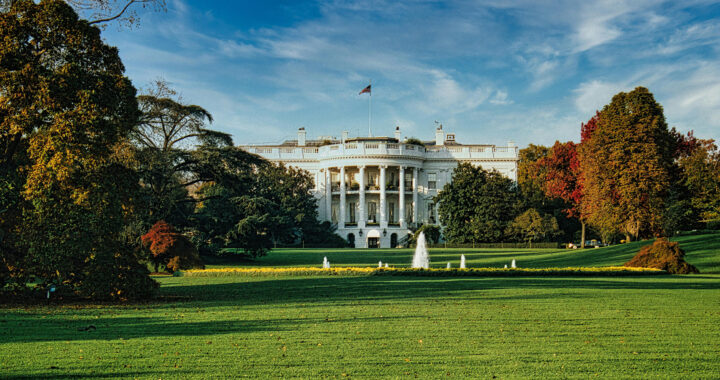Both executive orders and presidential proclamations are two common types of presidential directives in the United States. These directives are written or oral instructions or declarations issued by the sitting U.S. president. Nevertheless, while both are presidential directives and demonstrate the authority of the president as the head of the executive branch of the federal government, the two have notable differences.
Understanding the Difference Between Executive Orders and Presidential Proclamations in the United States Context
1. Definition and Purpose
Executive orders and presidential proclamations are official directives of the U.S. president. Both serve as tools for governance, but they have different purposes and legal effects. Executive orders are directives that carry the force of law and dictate how federal agencies should operate. They often establish policies, enforce existing laws, or direct government functions.
Presidential proclamations are generally used for ceremonial or symbolic purposes. These include recognizing events, commemorating historical milestones, or declaring national observances. Unlike executive orders, they do not carry the force of law unless linked to existing statutes. Their primary role is to highlight significant issues or announce national initiatives.
2. Legal Authority and Enforcement
Executive orders derive their authority from the Constitution or statutes passed by Congress. They instruct federal agencies on how to implement laws and can have an immediate impact on policy. Because they carry the force of law, executive orders can shape regulations, influence government actions, and even set national priorities in various policy areas.
Presidential proclamations do not necessarily create binding legal obligations. Some can have enforceable effects. Most are symbolic. They are often used to recognize important events, raise public awareness, or establish national observances. While they can influence public opinion and guide policy discussions, they usually do not require enforcement.
3. Scope and Application
The scope of an executive order is broad. It impacts federal agencies, government employees, and sometimes private citizens. Presidents use them to manage executive functions, set regulatory policies, or respond to national crises. They can shape policies, influence federal operations, and have immediate effects on national governance since they carry the force of law.
Presidential proclamations generally serve a narrower purpose. These presidential directives focus on specific issues rather than broad regulatory and executive actions. They do not impose requirements on government agencies or the public unless linked to existing statutes. Their primary role is to raise awareness and acknowledge significant events or initiatives.
4. Judicial and Congressional Oversight
Another difference between executive orders and presidential proclamations is that the former is subject to legal scrutiny. Courts can review them to determine if they exceed presidential authority or violate the Constitution. Congress may challenge them by passing legislation to override their effects. Oversight ensures they remain within the bounds of law.
Presidential proclamations, in most cases, do not face the same level of scrutiny since they are not typically legally binding. However, if a proclamation has regulatory effects, courts may examine its validity to ensure compliance with existing laws. Remember that some can influence public discourse and shape policy discussions within the government and society.
5. Historical Examples
Presidents have used executive orders to implement policies that impact governance. Roosevelt issued an executive order during World War II to establish Japanese internment camps. Biden demonstrated how executive orders influence national policy decisions when he signed a particular executive order requiring federal agencies to take action on climate change.
Note that presidential proclamations are often used to highlight important issues or historical events. Lincoln issued the Emancipation Proclamation to declare the freedom of enslaved people in Confederate states. Obama brought attention to cultural contributions and struggles for equality by issuing proclamations declaring national heritage and civil rights events.
Reiterating the Difference Between Executive Orders, Presidential Proclamations, and Other Presidential Directives
Both executive orders and presidential proclamations allow the president to exercise authority, but they serve different functions. Executive orders have direct legal consequences and enforce government action. Presidential proclamations are often symbolic and non-binding. Understanding the distinction between these directives helps clarify how presidential power shapes policies and influences public affairs.
Other types of presidential directives include national security directives and presidential memoranda. National security directives focus on foreign policy and defense matters, often classified due to their sensitive nature. Presidential memoranda function similarly to executive orders but tend to be less formal. They guide executive branch operations and are used to set policies without the same level of public attention.
